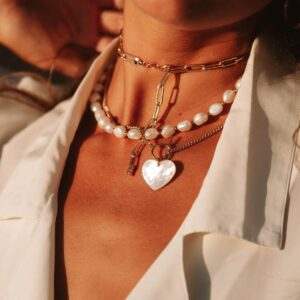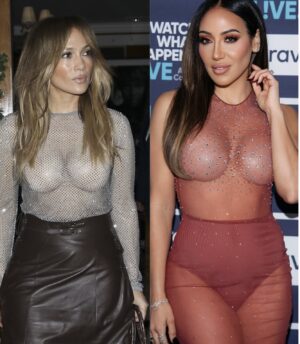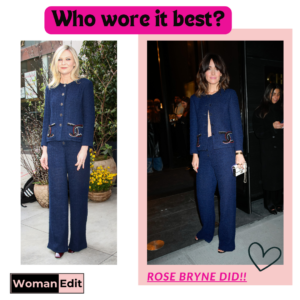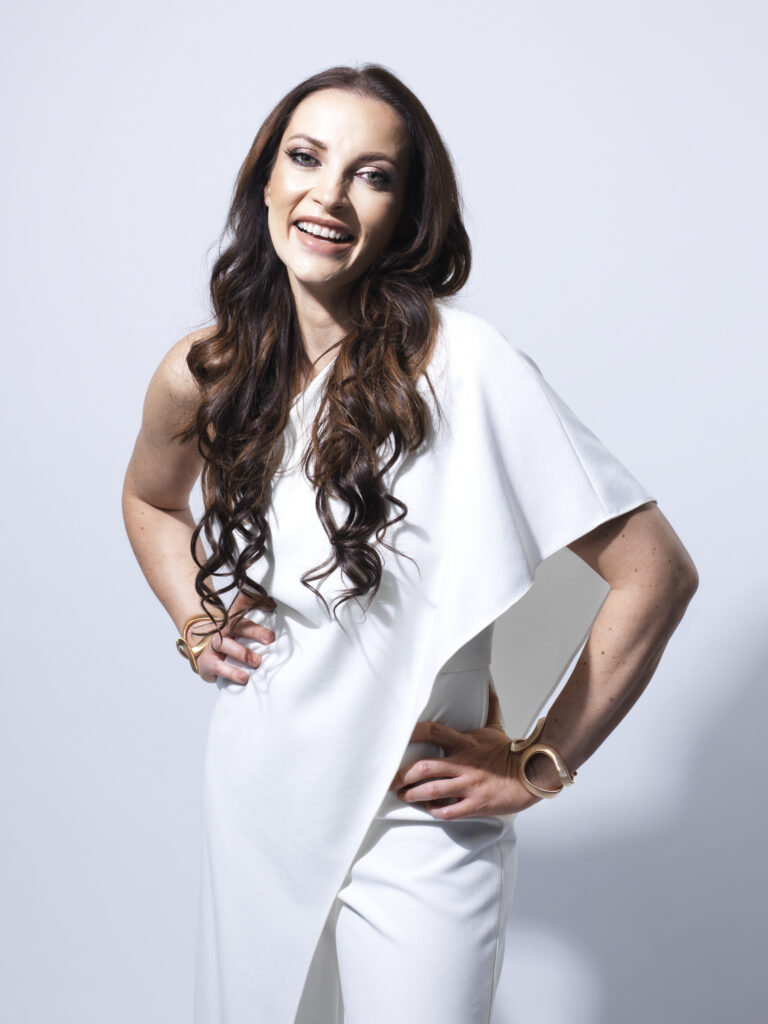
The new way to shop designer. It’s eco friendly and a money machine for the ones who run second hand platforms. Especially the timeless classic pieces are adding value and will be even more valuable in the future. The popular secondhand platforms selling their items to fair prices and they do the authentification of each item the resell.
Would you have bought a Chanel bag in the 90s, you would already see what a difference the value is from only the last few decades. But now the last two years, the pandemic, raised the value of high end designer pieces for another 71 %. In Hongkong certain models have an 96% increase in value. And still, people want to buy. There is no stopping in investing into key designer pieces. Investing into timeless classics. Especially Chanel is the big winner.
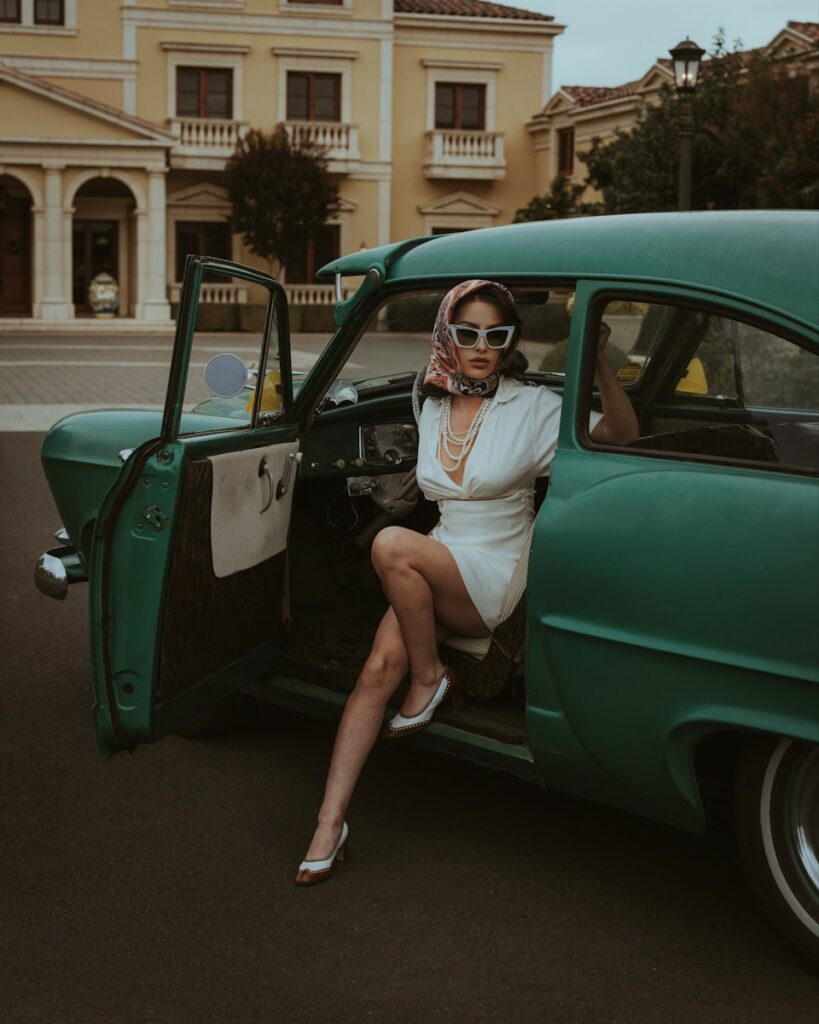
1990 the classic Chanel bag was about 990 Dollars, now it’s about 4.000 Dollars. And often it’s hard to get a certain model. Chanel has no Online-shop. And the boutiques only have a certain amount of pieces available. It’s literally a treasure hunt to get the vintage piece, that not many other people have. And many prefer a used limited edition piece than a new mass product. The other very important aspect is that many people don’t just want to consume. They want to be more conscious about their buys. Consumers and also many brands want to get away from fast fashion.
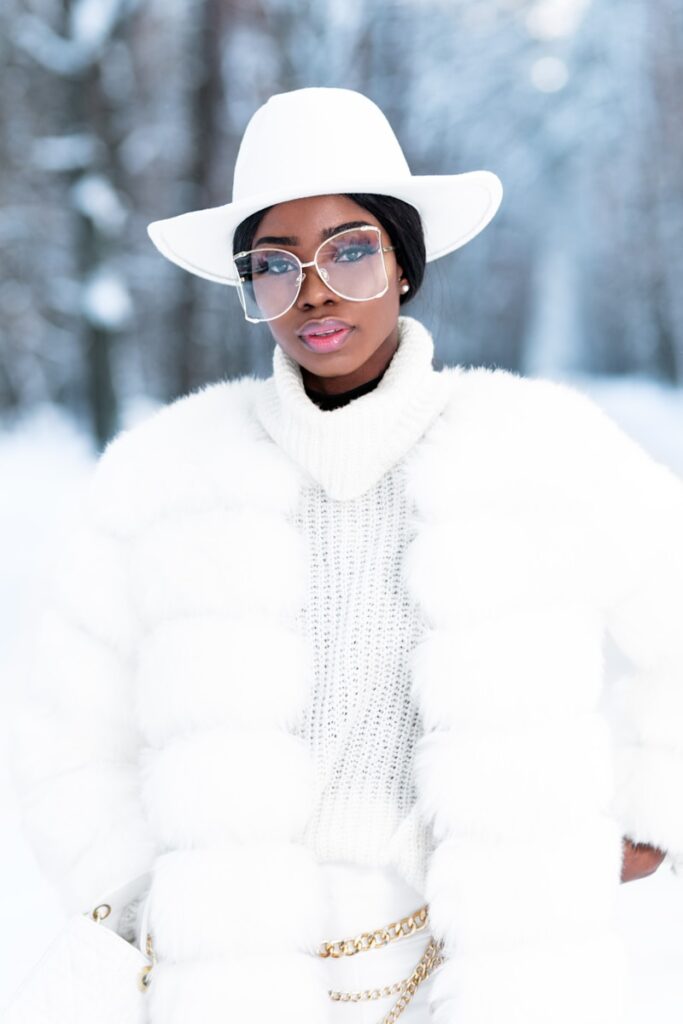
Fashion is one of the biggest problems in regards to our environment. For example for just one pair of jeans you need about 8.000 liters of water.
Percentage spike of the following items:
- Chanel bag: +71%, in Hongkong +96%
- Hermes Birkin Bag: +500%
- Chanel Fashion Accessories: +6%
- Patek Philippe watch Nautilus: +364%
- Rolex: +3,4 %
- Louis Vuitton Bag Speedy 30: +13%
- Emilio Pucci Vintage dress from 60s and 70s: +700%
The Rise of Secondhand Luxury Fashion
The world of luxury fashion is undergoing a quiet revolution. Gone are the days when pre-owned meant passé. Today, the secondhand luxury market is booming, driven by a powerful shift in consumer values. This isn’t just about finding a bargain; it’s a conscious choice for style, sustainability, and smart investment.
Shoppers are increasingly prioritizing uniqueness and value. The thrill of the hunt for a discontinued Chanel bag or a vintage Rolex watch is a major draw. Secondhand platforms offer access to rare, one-of-a-kind pieces that tell a story, allowing individuals to cultivate a personal style that stands apart from fast-fashion trends.
The Sustainable Allure of Pre-Owned Pieces
Beyond aesthetics, sustainability is a core driver of this trend. The fashion industry has a significant environmental footprint. By choosing secondhand, consumers actively participate in a circular economy. They extend the lifecycle of beautifully crafted items, reducing waste and the demand for new resource-intensive production.
This conscious consumption aligns with modern values. Owning a pre-loved luxury item is a statement. It says you appreciate quality and craftsmanship, but you also care about the planet. It’s a way to enjoy the finer things in life with a clear conscience, making luxury feel more accessible and ethically sound.
Investment Dressing: Luxury as an Asset
Luxury fashion has always held its value better than most consumer goods. In the secondhand market, this characteristic is amplified. Certain iconic pieces from heritage brands like Hermès, Louis Vuitton, and Rolex are known to appreciate over time, often outperforming traditional investments.
This transforms shopping from a mere expense into a strategic acquisition. A well-maintained handbag or watch is not just an accessory; it’s a portable asset. The secondary market provides a transparent view of an item’s true market value, empowering consumers to make purchases that are both emotionally and financially rewarding.
Navigating the Secondhand Luxury Market
The growth of this sector has been fueled by trusted online platforms. Companies like The RealReal, Vestiaire Collective, and Rebag have demystified the process. They offer authentication services, quality control, and secure transactions, building confidence in a market once dominated by consignment stores.
For new buyers, starting with classic, timeless pieces is a wise approach. Researching serial numbers, understanding condition ratings, and buying from reputable sources are crucial steps. The secondhand luxury market rewards the informed shopper, offering an unparalleled opportunity to build a curated, valuable, and sustainable wardrobe.





